An article written by Michael Ciaburri was published in the January 2016 issue of Investor Magazine. Read that article below, or click here to download the pages from Investor Magazine.
Maintaining a Lost Art
‘High touch’ personal service enables boutique lenders to quickly decipher and meet the needs of smaller real estate investor-borrowers.
Within the real estate marketplace are four distinct types of private, hard money lenders, all of whom secure their loans with mortgages on various types of real estate. Only one, however, specializes in what I call the “high touch, personal approach” that best suits the individual real estate investor.
In basic terms, the four categories of lenders are:
- Very large, well-capitalized lenders with a national footprint. Their underwriting criteria is focused on making private loans to borrowers who own real estate in specific asset classes and qualify for loan approvals in which certain mathematical formulas are met, including Loan To Value ratios (LTV) in the 50 percent to 60 percent range. These asset classes include office, industrial, retail, multifamily, hotel, land and mixed-use properties.
- Midsize lenders, who are also well-capitalized, with a regional footprint. Their underwriting criteria are very similar to their larger competitors, but with slightly more flexibility in terms of asset class and LTV, depending upon the location of the property and the exit strategy of the loan repayment. This type of lender may be apt to lend on an asset class that a larger lender might not. For example, this type of lender might make a loan on a restaurant property even though the risk that is associated with this type of property is considered to be higher than the previously mentioned asset classes.
- Small “boutique” lenders with smaller capital bases and a local footprint. These are the companies that specialize in “high touch” lending practices, offering greater flexibility than the larger and midsized private lenders. Specifically, this type lends to a smaller entity and takes more of a concerted interest in the underlying business operation. Although high-touch lenders also have specific loan underwriting criteria, they bring a more personal aspect to the lending process, taking time to get to know the principals who will personally guarantee the credit facility.
- Crowdfunders—the most recent entry into the private lending space. This online lending platform is characterized by the fact loan requests are funded by a plethora of accredited investors who can lend as little as a few thousand dollars of their own money toward the specific loan. Crowdfunding continues to grow rapidly in the marketplace, as evidenced by annual loan originations of approximately $1 billion, 30 percent of which are for commercial real estate.
While all four fulfill a specific niche in the marketplace, it is the third type—the boutique lenders—that best fits the smaller borrower and provides them with the most “value added” and most personal service.
Every private loan request has a “story” behind it, and the majority of smaller borrowers still enjoy being able to speak with a lender “one on one” so that they can better explain their circumstances to a lender.
Larger and midsize lenders are typically not community-driven and are more focused on volume of deals closed. Hence, it is not efficient for them to spend time dealing with the “minutiae” that accompany a smaller loan request. Online lenders use a virtual lending platform, so they have no personal contact with a prospective borrower. Boutique lenders have stepped up to fill the void by providing smaller borrowers with high touch, personalized assistance that in the past was commonly provided by community banks.
As a former president and CEO of one such community bank, I acquired a great deal of experience in handling those smaller commercial loan requests that require one’s undivided and personal attention, and I saw the value it brings to both sides of the table. Now I’m in the private lending sector, and my company has undertaken a similar community-bank-like business model. We believe that listening attentively to make a personal connection with prospective borrowers is what sets boutique lenders like ours apart from the competition, and we are committed to ensuring this never becomes a “lost art.”
Recent Posts
Using Second Mortgages as Additional Collateral for Construction Loans
Over the past several months, WAC has provided financing for multiple construction projects where second mortgages were a critical part of the overall...
Strategic Financing Leads to Luxury Home Success in Greenwich
Worth Avenue Capital congratulates our borrower, Dream Home Custom Builders (DHCB), on the successful sale of 273 Riversville Road in Greenwich, Connecticut. This...
Changing Investment Preferences for Baby Boomers: Why Private Credit is on the Rise
The investment landscape for Baby Boomers has undergone a significant shift in recent years. Faced with ongoing stock market volatility driven by the...

